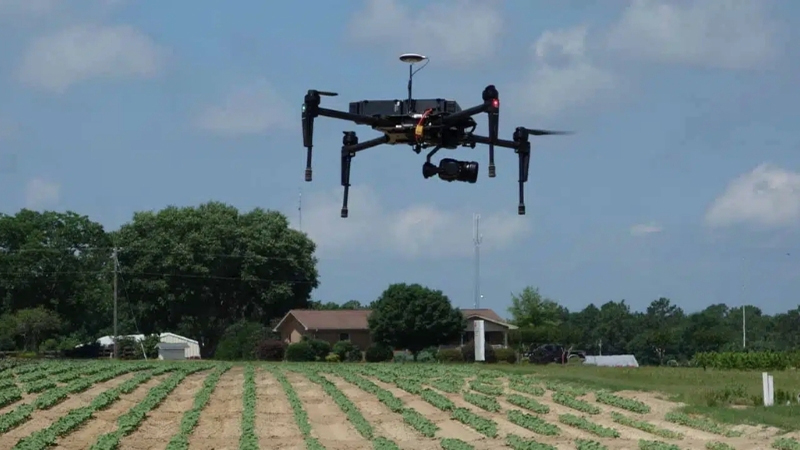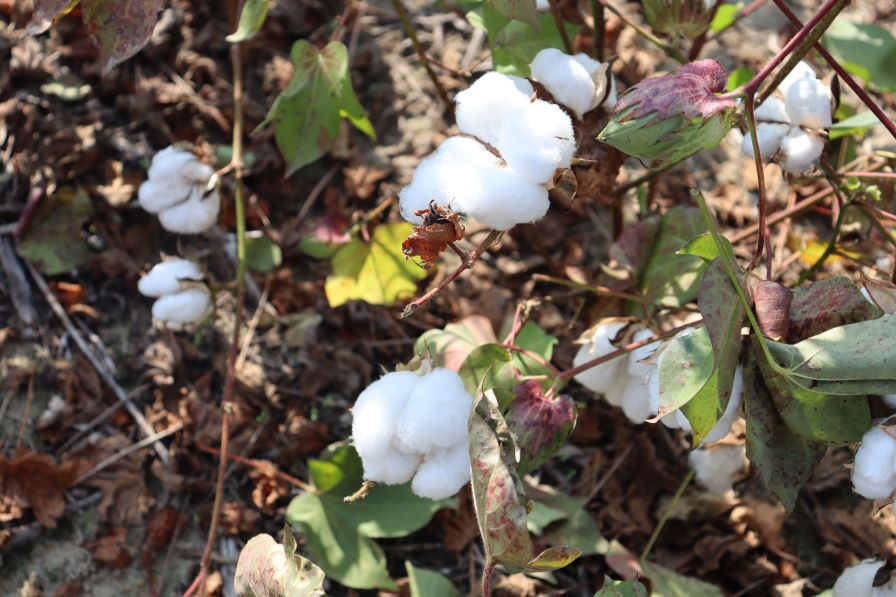Mediterranean Report: Cotton in Turkey
By Tarik Sonmez
Principal,Taya Tekstil
The cotton and textile industries are a critical part of the economy in Turkey, drawing foreign currency in and creating significant employment in this labor-intensive sector. Because the textile industry is indispensable, cotton is the most important raw material for Turkey.
Turkish cotton grows in the Aegean region, the Mediterranean region and the southeastern Anatolia region. The biggest area is in the Anatolia and is called GAP. Cotton planting takes place from March through May and harvesting time is August through September.
About 70% of ginning is handled by roller gins and 30% by saw gins. The saw gin is becoming more popular, and the use of machine harvesting is also increasing.
In 2009/10, the cotton cultivation area in Turkey was 315,400 hectares and production was 2.1 million bales. This figure will increase by 30% for the 2010/11 season, with a cultivation area of 410,000 hectares, and an anticipated production of about 2.9 million bales.
Although recent years have not seen a significant increase in the cotton cultivation area, overall production has been increasing mostly due to improvements in fiber yield. Turkish farmers used 85% certified seeds and while the average global yield has increased 40% to 50%, Turkey’s improvements in efficiency have achieved increases of 70% to 75%. The country now ranks third in the world for cotton yield – highest among the major cotton-producing nations.
The GAP project, which leverages water and soil resources of southeast Turkey, will have a major, positive impact on Turkish cotton. This project, started in 1971, will increase the total amount of arable land. By the time the project is completed, Turkey will have 80% more electricity than it does today, thanks to 20 new hydroelectric plants. That will increase irrigable area and provide an additional boost to organic production.
The Turkish textile sector is facing the future with confidence, having taken important steps such as continuing to build capacity. While Turkey plans to further increase cotton production through the GAP project, the increases in capacity for yarn production means that the Turkish textile industry will need to continue to import cotton.
Turkey is the world’s second-largest importer of cotton because domestic cotton can only meet 40% of the spinning industry’s needs. In 2010/11, due to the increase in production driven by rising prices, cotton imports should be lower.
Turkey is the second-biggest buyer of U.S. cotton after China. A massive amount of Turkey’s cotton import business comes from the U.S. and Greece (60% to 65%) . Turkey also imports cotton from Turkmenistan, India, Brazil, Uzbekistan, several African countries, and Syria.
The Role of Cotton and Textiles
Turkey exports about 75% of the textile garments it produces. In 2010, $14.64 billion worth of garments and apparel products were shipped to European Union (EU) countries, 27 of them in all. As a result, EU countries’ share of Turkey’s total garment and textile exports stands at 79.97%. The most important EU markets for Turkey are Germany, England, France, the Netherlands, Belgium, Romania, and the Czech Republic.
The biggest advantage possessed by the Turkish textile sector is speed. In most EU nations, shipments reach their destination in three to seven days. Because timeliness is so critical, Turkey is an indispensable supplier for European countries.
The textile sector accounts for about 10% of Turkey’s GDP. In 2009, $13.3 billion of garments and apparel were exported from Turkey – 13% of overall national exports.
According to March 2010 data from the Ministry of Labour and Social Security, the industry consists of 40,800 employers and 699,000 laborers. When all of the direct and indirect workers in the sector are combined, it is estimated to reach 2 million or more. About 30% of all manufacturing industry workers work in the textile sector.
The majority of Turkey’s garment production (65%) consists of cotton products, as well as an even larger majority of exported products (80%). That number can vary somewhat year to year, based on the price of raw cotton. When those prices increase abnormally, as they have recently, it does increase the mill consumption of synthetic fibers.
The Turkish government supports manufacturers by adding a duty of 3% to 30% on imports from 54 different countries.
The Ministry of Economic Affairs indicated Turkey imported $12 billion of textile and apparel products in 2010, and the effect on domestic producers is believed to be about $40 billion.
A highly educated and qualified workforce is continuing to grow in Turkey through enrollment at universities and other educational academies. Now that these people are starting to serve in management and production positions, Turkish quality has improved and enjoys a very positive reputation around the world. Turkish businessmen and managers who are following the trends, affairs, money, and capital markets now are looking toward the future with greater optimism and confidence.









